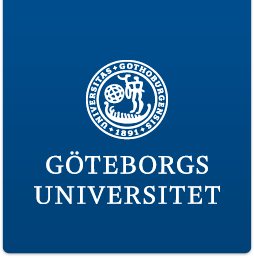The Lively Fashion Project
Den här texten finns bara på engelska
The Lively Fashion Project aimed to define sustainable fashion, propose a system in which sustainable fashion can thrive and craft a fashion collection appropriate in the proposed system. The project did this in order to translate the sustainable fashion discourse into readily understandable concepts available to consider and discuss. In so doing it articulated challenges and opportunities with the design, system, infrastructure, consumer behaviours, manufacture and implementation of sustainable fashion and proposed pathways to resolve these challenges. The project was guided by the book “Sustainable Fashion and Textiles: Design Journeys” by Kate Fletcher (2008), “Cradle to Cradle: Remaking the Way We Make Things” by William McDonough and Michael Braungart (2002) and “Action required: ten global goals that will change fashion” from Fashion Revolution (2020), who together define methods of working with sustainability and fashion to change an industry causing harm to humans and nature. The project was performed through 8 investigations examining fashion as it is and what it could become, through articulating a Sustainable Fashion System Proposal, through crafting a Sustainable Fashion Collection accordingly and through personal reflections by the author. The project hoped to assert that sustainable fashion is possible and suggest routes towards achieving a sustainable fashion industry.
The project responded in particular to the Sustainable Development Goals number 8: Decent Work and Economic Growth, 9: Industry Innovation and Infrastructure, and 12: Responsible Consumption and Production, especially through the Sustainable Fashion System Proposal. The system proposal unusually adopts a utopian outlook to reinvent the fashion industry, rather than a practical one. It attempts to define a goal post to work backwards from in achieving, instead of proposing minute changes towards some sustainability undefined. In so doing, its unusual approach lets it holistically challenge unresolved issues and allows for multiple goal posts to be set up in between the current system and the utopian system. It is able to outline paths towards the unfeasible and stays with the trouble, rather than write off the unfeasible before attempting it. In this unusual approach the project is able to define what is commonly undefined and stand apart from the current sustainable fashion research.
Furthermore, the project adopts a design approach to fashion sustainability issues and concretely produces fashion that resolves at least some of these issues. It developed three outfits that are produced under fairtrade conditions and from organic sources that are made to last for an extremely extended time period and are made to be readily recycled through different design innovations. For example, some fashions do not employ zippers or buttons for closing to avoid the mixing of materials and thus are easy to deconstruct and reassemble into new fashions. Other fashions have stitched in pleats, readily able to be opened so that a body changing shape can continue to wear the same fashion without consuming any new materials.
The Lively Fashion Project unapologetically challenges unsustainable fashion systems to become sustainable through an unusual utopian outlook and by creating goal posts to achieve the seemingly unfeasible. It innovates and concretely creates as it theorises and asserts that sustainable fashion is possible. As such, it is an unassuming but radical thesis that explores unusually holistically and practically what sustainable fashion can be.








